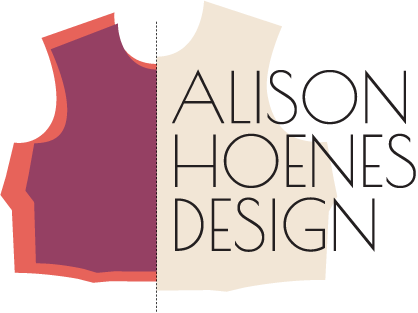More and more brands are adopting 3D into their design and development processes. 3D software like Clo3D, Browzwear, and Optitex offer an array of tools that can help reduce physical samples, speed up design and development, and communicate designs more effectively. If you have been wanting to start using 3D in your process and are wondering how to do so, here are four of my favorite ways to use 3D for fashion.
Use 3D to visualize your design
I think the biggest advantage of using 3D in your design and development process is visualizing your design taking shape sooner. Traditionally, you wouldn’t get to see how your design looked on a person until a sample was made with real fabric and you tried it on a real fit model. With 3D tools, you now can see how your design will look without needing to cut into any fabric. This is not to say that creating an accurate representation of your design in 3D is instantaneous, but it is still faster than cutting, sewing, shipping, and trying on a sample in the physical world.
Reviewing a 3D sample gives you the opportunity to see how your sketch will translate into an actual garment and see it from all angles. As the designer, you can check that the proportions look how you intended and all the design details match your vision for the style. You can also easily change lengths or necklines to get the proportions just right before cutting a physical sample.
Because 3D garments are created using the actual garment pattern, you know that how your design looks in 3D is how it will look in real life as well. While an illustration or sketch may be interpreted slightly differently depending on who is looking at it, a 3D sample is exact. This means that the decisions and design tweaks you make in 3D will carry over to the real sample too.
Test the fit in 3D
Beyond just the visuals of the design, you (or your patternmaker, rather) can use 3D to test the fit of your garment. While I don’t think 3D fit testing is a complete replacement for fitting on a real person, there is a lot of insight to be gained from 3D fitting. In 3D you can check the ease, cut, and drape of the garment. Just like with a physical garment sample, you’ll be able to see pull lines or wrinkles in areas with fit issues.
3D tools go a step further, too, showing you tension maps of which areas of the garment experience the most tightness. With different poses available for the digital avatars, you can check the tension maps and read the wrinkles while running, moving arms, sitting, etc.
Based on the 3D fit review, you can then go back and update the digital pattern and restitch in 3D to confirm that the fit issues are resolved. This quick revision and refitting process in 3D results in a first physical sample that is close to perfect.
Preview a 3D size run
Brands don’t alway have the time to sample a full size run of every style before production, but with 3D you can. If the pattern is already graded, you can use 3D to see the garment in each size without cutting into your actual fabric and materials. Previewing a 3D size run can help confirm the grading and check that the design stays consistent across all sizes. Seeing how your design looks in different sizes is a great way to start thinking about your designs more inclusively!
Decide print placement and scale on your 3D garment
One of the biggest strengths of 3D design is in visualizing how 2D art looks on a three-dimensional body. Applying print artwork or colorblocking to flat sketches or CADs can only go so far to visualize the end result because peoples’ bodies are far from flat. 3D gives you a 360 degree look at how the print will fall, drape, and line up. Zooming out is just like stepping back and seeing the whole design at a glance.
You can also quickly see how changes in print scale affect the design, or how the print scale looks on different sized garments. A print can greatly affect how the design looks, how precise the pattern needs to be (to accommodate stripe or print matching), and how much material you’ll need to make the design. You can make more informed decisions regarding prints, scale, and special placement on the garment when you’re able to see the prints in 3D on your garment. This can be a huge time and money-saver.
There are many ways you can use 3D to speed up design and development and make better decisions throughout the process. Visualizing the design, testing the fit, previewing a size run, and deciding on print placement and scale are the top four ways that I use 3D in my process to create fashion that fits your vision, your customer, and your business goals.
